Ukraine‘s rapid advancements in Drone Technology have transformed the battlefield, positioning the country as a global leader in unmanned systems. Since Russia‘s invasion escalated in February 2022, Ukraine’s military has leveraged its tech sector to deploy drones that dominate land, sea, and air operations, offering lessons for NATO and reshaping military strategies worldwide, according to a detailed Atlantic Council analysis.
FPV Drones: The Backbone of Ukraine’s Defense
First Person View (FPV) drones have become Ukraine’s most critical asset, accounting for up to 80% of Russian battlefield casualties. These agile, low-cost drones, produced at a rate of 200,000 per month by early 2025, can destroy tanks and equipment worth millions. Ukraine’s shift to domestic components has reduced reliance on imports, enhancing self-sufficiency. To counter Russian jamming, Ukraine is adopting fiber-optic drones, which are immune to electronic interference, ensuring reliable performance in contested environments.

Long-Range and Naval Drones Expand Strategic Reach
Ukraine’s long-range drones strike deep into Russia, targeting military bases and oil facilities. President Volodymyr Zelenskyy has called these capabilities “a clear and effective guarantee of Ukraine’s security.” On the Black Sea, Ukraine’s marine drones have sunk Russian warships, lifted naval blockades, and reopened trade routes. In January 2025, missile-armed naval drones destroyed Russian helicopters, and by May, they downed two fighter jets using anti-aircraft systems—a world first. These innovations demonstrate drones’ potential to project power far beyond traditional platforms.
Unmanned Ground Systems and the Future of Combat
Supported by Ukraine’s Brave1 defense tech cluster, development of unmanned ground systems is accelerating. In December 2024, Ukrainian forces conducted the world’s first fully unmanned assault, combining ground robots and FPV Drones. These systems handle combat and logistical tasks, reducing human risk.
Former commander-in-chief Valeriy Zaluzhniy emphasized this shift, stating, “The Russian-Ukrainian War has completely changed the nature of warfare.” He added, “It is obvious that victory on the battlefield now depends entirely on the ability to outpace the enemy in technological development.”
Industry Trends and Global Implications
Ukraine’s drone production outpaces Western bureaucratic systems, offering a model for rapid innovation. The country’s 9.3-mile (15-kilometer) “drone wall” along front lines disrupts enemy offensives, inspiring NATO to explore similar defenses on its eastern flank. However, the race to innovate is relentless, with Russia deploying countermeasures like netting and electronic jamming. This dynamic drives continuous advancements, such as AI integration and electronic warfare, which Zaluzhniy predicts will define future conflicts.
Economically, Ukraine’s low-cost drones deliver high-impact results, challenging traditional defense spending models. Operationally, they enable precise, scalable strikes, reducing reliance on scarce artillery. Regulatory frameworks, however, lag behind. NATO’s adoption of Ukrainian training, with Countries like Britain and Denmark already engaging, signals a shift toward integrating these tactics into global military doctrines.
A New Era for Drone Warfare
Ukraine’s emergence as a drone superpower underscores the urgency for militaries to adapt. With production scaling, naval and ground systems evolving, and NATO learning from Ukraine’s playbook, the implications extend beyond the battlefield. As Zaluzhniy noted, technological superiority is now the key to victory, positioning Ukraine’s innovations as a blueprint for 21st-century warfare.
Discover more from DroneXL.co
Subscribe to get the latest posts sent to your email.
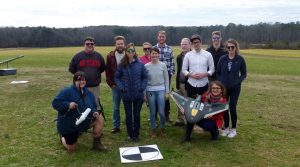
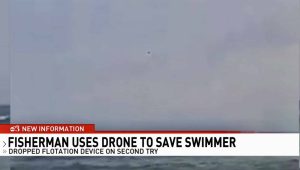
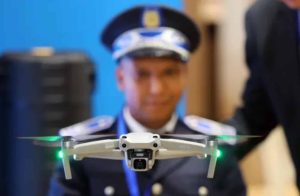
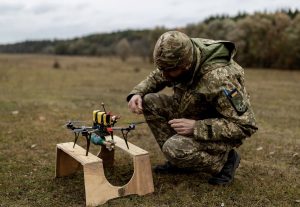

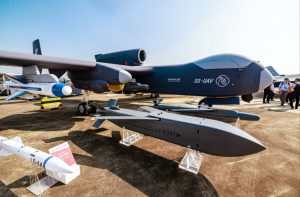
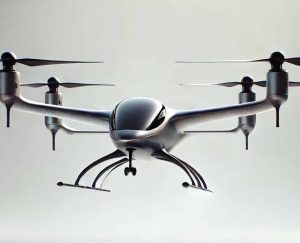


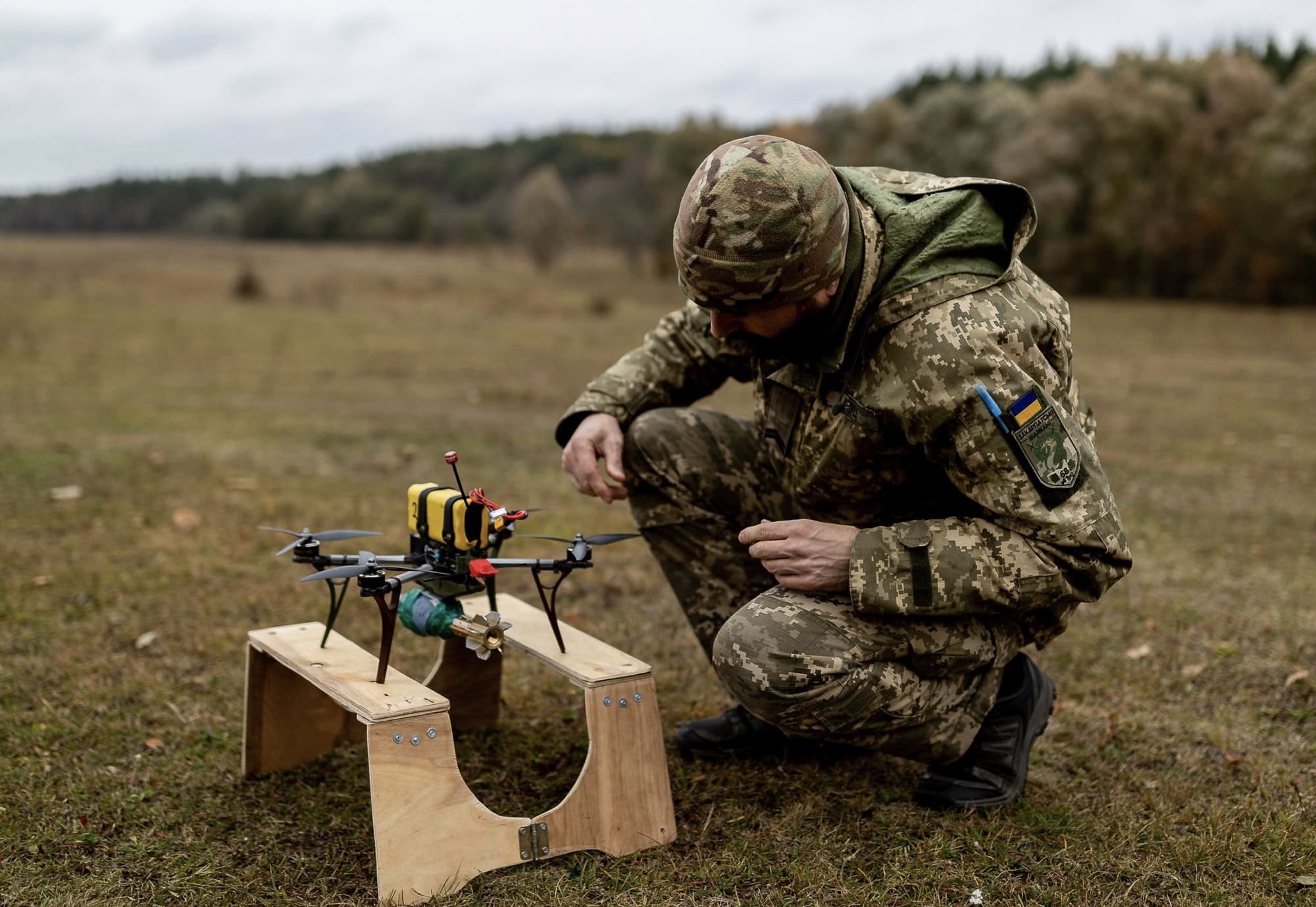
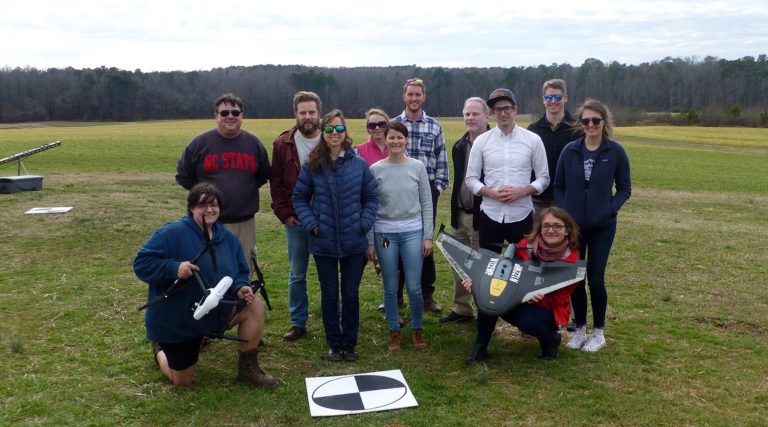
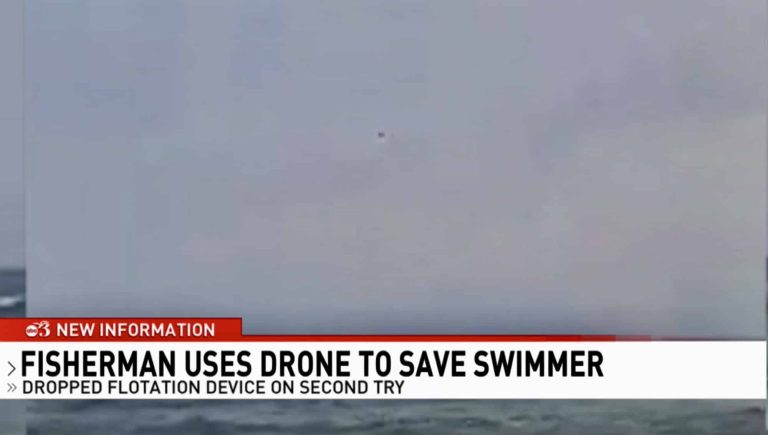
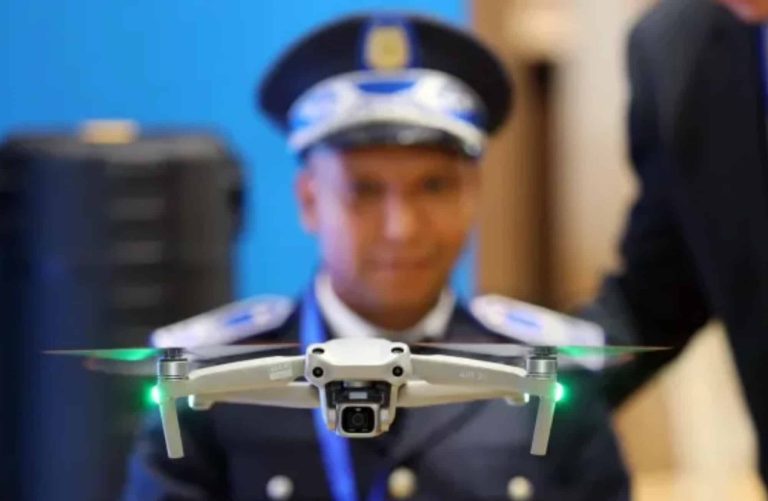
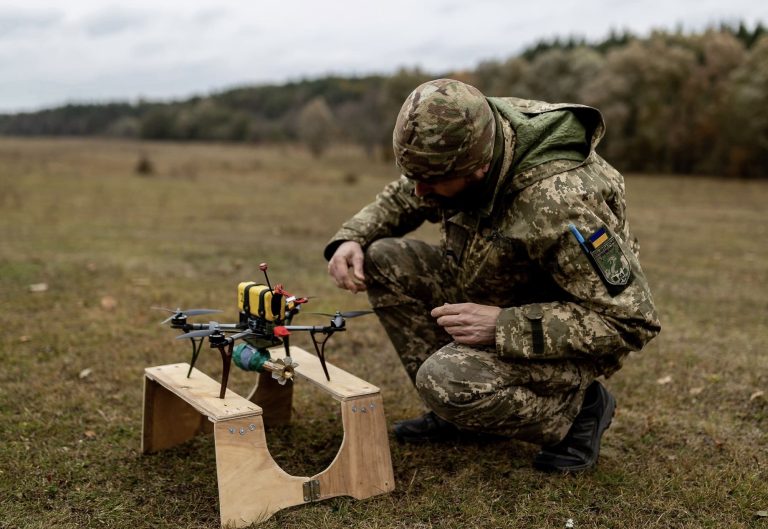

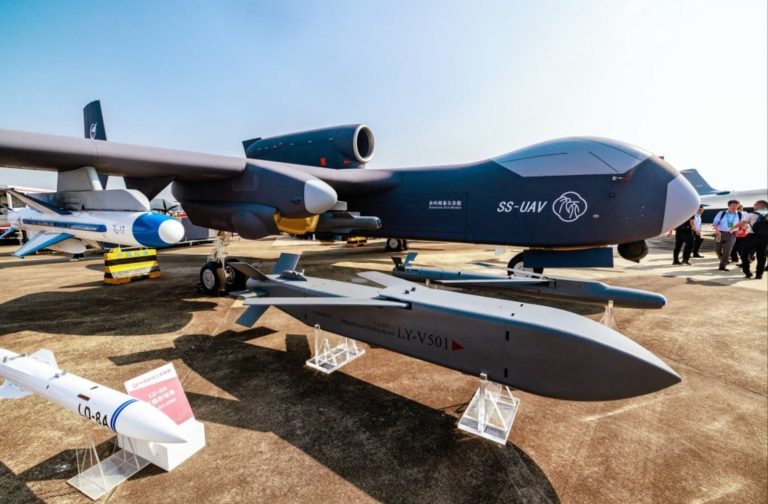
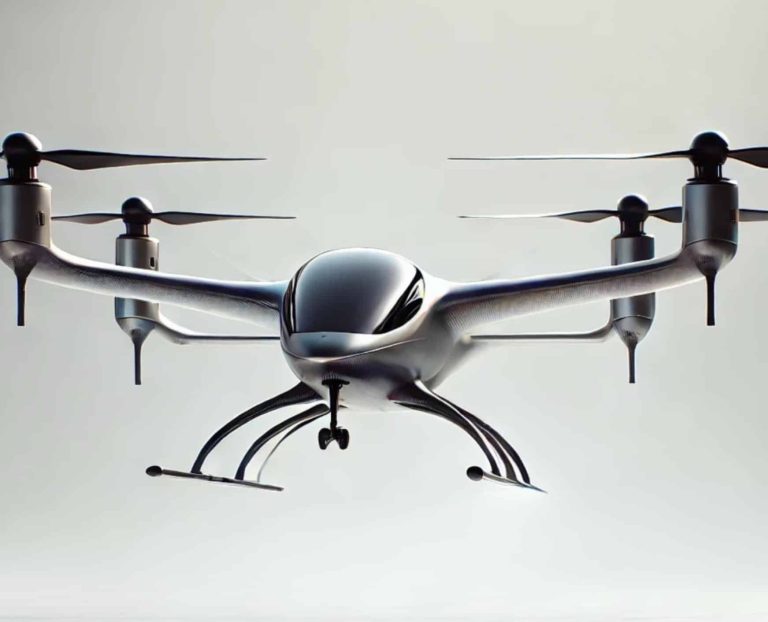

+ There are no comments
Add yours